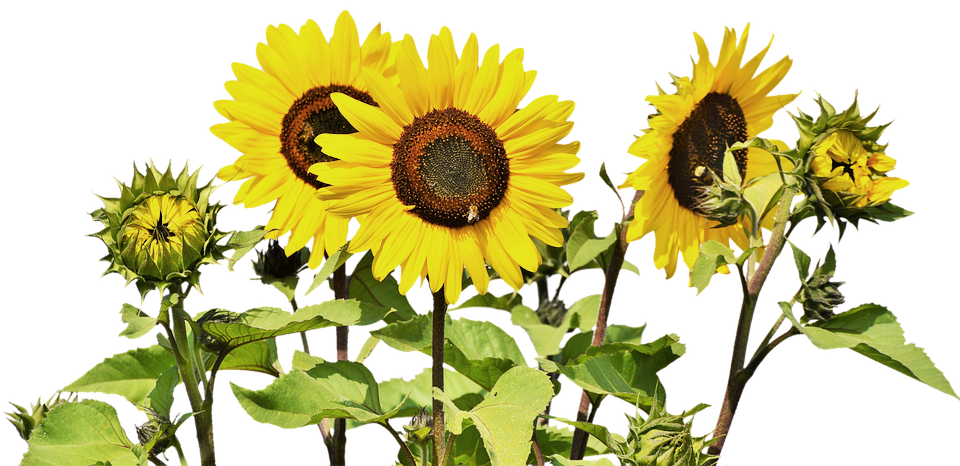
Fall Garden Bed Maintenance Checklist
By Kaw Valley Greenhouses, Inc.
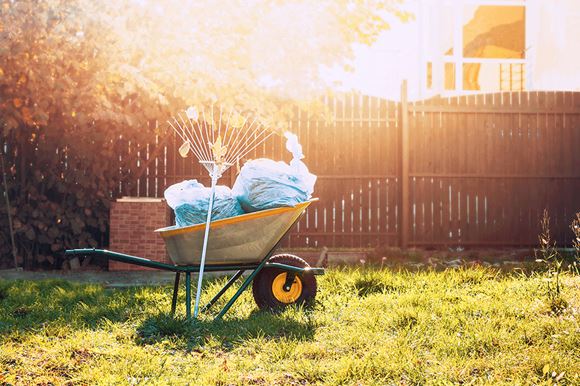
As the growing season winds down and the temperatures start to cool, it’s time to start thinking about how to prepare and maintain your fall garden beds. There are a few different steps to take, but don’t worry! Simply follow the guidelines of our handy checklist, and you’ll be sure to stay organized and prepared for fall this year.
1. Remove Excess Vegetation
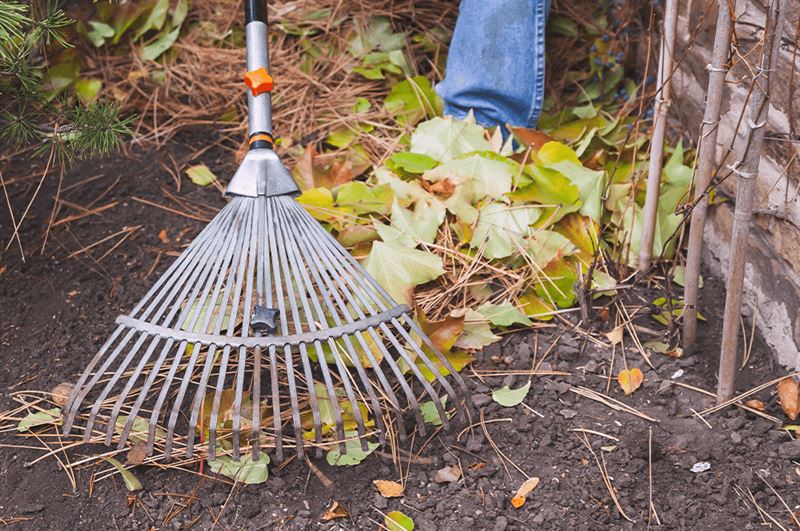
The first thing to tackle is clearing away any vegetation that won't do any good for our gardens over the winter. Annuals and vegetable gardens can be completely cleared, but in perennial beds only remove material from plants that were unhealthy. Pests, fungus, or disease—such as powdery mildew or blight—can be hiding out on leftover plant material and have the potential to overwinter. By removing the fallen leaves, fruits and stems of plants that were less than thriving, you reduce the risk of anything icky causing you problems during the following growing season. Leaves and debris from healthy annual flowers and vegetables can easily be placed in the compost, but send the questionable debris to the trash so that any lingering disease doesn’t spread in the compost pile.
2. Test Your Soil
Once your garden bed has been cleared, it never hurts to do a soil test to make sure it has all the vital nutrients it needs. The results of your soil test will give you valuable information such as the pH levels and levels of important nutrients like potassium, nitrogen, phosphorus, calcium, and magnesium.
Keep in mind that some of the nutrients in your soil may need to be replenished each year, and the added bonus of doing this now is that it allows you to make adjustments to your soil, which can take time to take effect.
3. Enrich and Mix the Soil
A simple way to enrich your soil is by adding a layer of nutrient-rich organic materials to your fall garden beds, such as compost, manure, or chopped up leaves. Use a spade or shovel to turn the soil so that it’s nicely mixed and ready to go after the spring thaw. This gives you a better chance of planting immediately and saves you the hassle of working the soil in early spring when weather conditions are typically wetter.
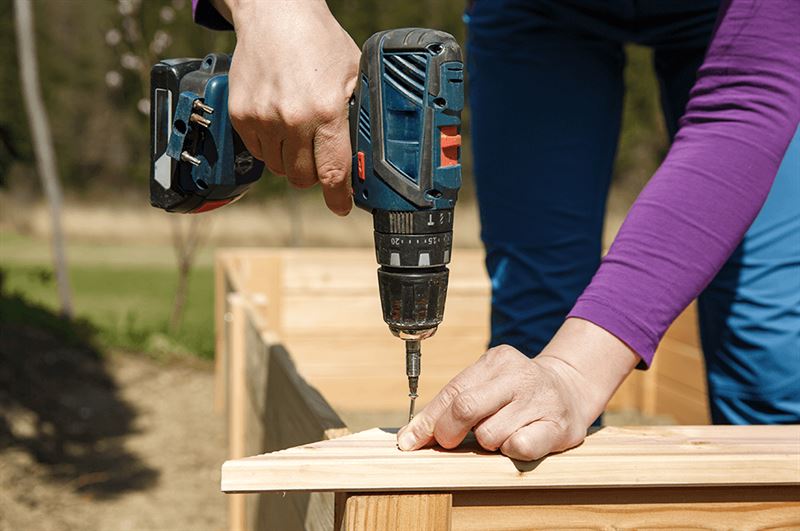 4. Expand Your Vegetable Garden
4. Expand Your Vegetable Garden
Wishing you had a few extra stores of homegrown canned goods this winter? Well, don’t let limited space from this growing season hinder you moving forward. Fall is the perfect time to build some raised garden beds that will help you better prepare for next season—not to mention it will keep you busy with a fun DIY project and give you something to look forward to! The first thing you’ll need to do is decide where you want to put your raised bed, followed closely by what you plan to plant in them.
5. Wait to Prune Perennials and Woody Plants
It’s important to maintain your perennials to optimize their growth patterns and keep them healthy. It may seem counterintuitive to leave perennials looking “dead” all winter, but the layers of foliage can help to insulate growing points of perennial plants keeping them from getting damaged by harsh winter weather. If we cut back these plants now we may encourage them to grow but without enough time to toughen up their tissue. So take joy in knowing that you gave your perennials the best chance of plumping up their growth, only to let it serve as a winter coat, keeping those more tender parts nice and warm.
6. Weeding
While you’re probably tired of weeding at this point, it is, unfortunately, a bit of an ongoing task (yes, even in the fall). Checking your garden beds for any stubborn remaining weeds and removing them in the fall will make your job a little easier come spring. With frost around the corner it may be time to prioritize the weeds that have already gone to seed but be careful not to jostle seeds loose while you are pulling. After all, decreasing the amount of weed seeds in the soil for next year is how to get the upper hand on weeding chores.
7. Mulch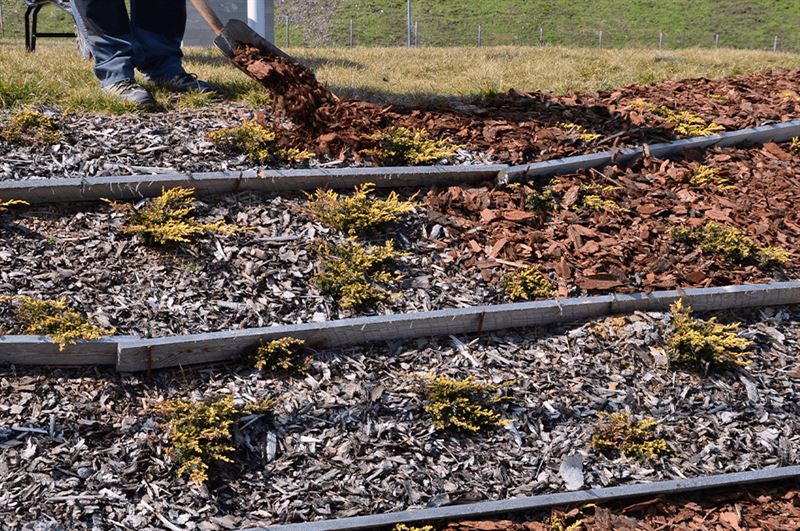
Adding a layer of mulch to your garden beds provides some nice organic protection against the harsh frost and cold of winter. Mulch can come in the form of bark, straw, or even shredded leaves. It insulates your plants roots and allows for more moisture retention that your plant roots still need.
8. Plant Spring-Blooming Bulbs
If you want to plant spring-blooming bulbs like daffodils and tulips, fall is the time to do it. Now that your garden has been properly maintained and prepared for spring, you’ll be placing your bulbs into the perfect environment, which will help boost growth the following season.
9. Put Away Gardening Tools and Equipment
Once you’re finished with all of your fall gardening tasks, it’s important to clean and sterilize your tools and equipment. Some tools should be regularly sharpened and oiled, and all should be cleaned to avoid spreading possible pests or disease. Hoses should be detached from spigots so that they don't cause damage from freezing. Chemicals like fertilizers and insecticides need to be stored out of freezing temperatures where they could lose their effectiveness.
10. Clean and Store Pottery
Dead plant material and old soil should be removed from containers and pots, and they should be cleaned and sanitized for future use. A sanitizer solution of one part bleach to ten parts water will do the trick. Also, be sure to store them in a dry place away from the elements to prevent cracking and degradation.
Now that your fall garden bed maintenance checklist has been completed, you can finally kick back and relax! While the amount of work required may seem a little daunting at first, you can rest easy knowing that you’ve done everything you can to set yourself up for a successful spring!

